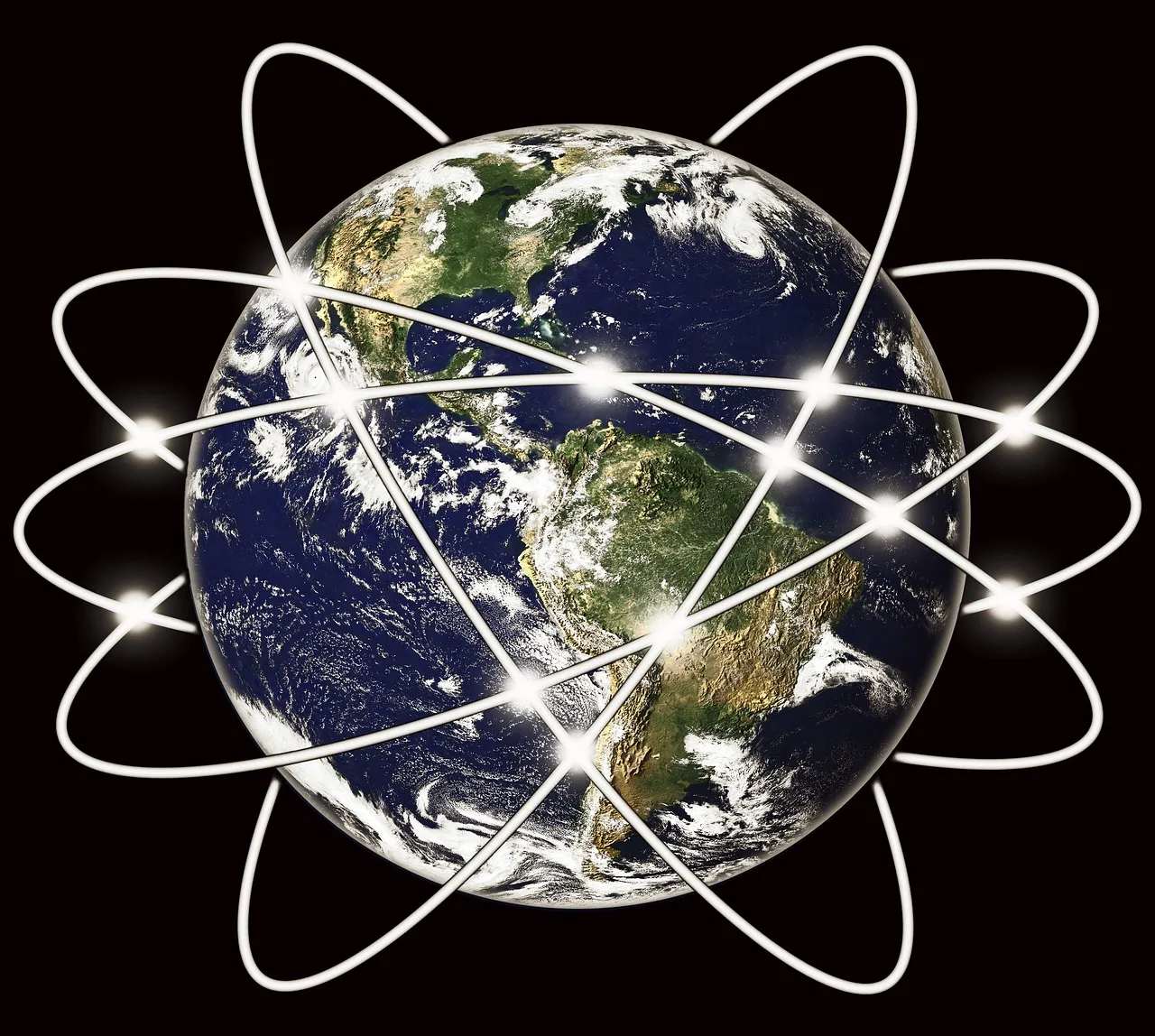With the development in technology around network coverage such as the 5G, a lot of companies are starting to push networks satellites to earth space orbit with the aim of improving internet coverage across the globe.
Due to the demand for more internet data is increasing as we use the internet for almost everything from checking social media feeds, looking up a question, streaming, Internet of things, artificial intelligent and so on, there is a need to get more easy and faster way to transmit. Also, with differences in the network coverage in rural areas from urban regions, there is a need to bridge the digital divide where everyone can have faster internet experience either in the rural area or in cities, space internet is definitely going to be a good option.
The interest of humans in space is increasing recently with nine national space budgets which exceeds $1 billion dollars from nations like the United State, China, Europe (Collectively), Japan, France, India, Germany and Italy making the industry worth $1 trillion in the years 2024 from $345 billion in 2016.

starlink satellite
Are internet satellite something new?
Not really, the first satellite Sputnik 1 was launched by the Soviet Union in 1957, after the US launched the Explorer 1 in 1958. In 1962 Teslar was launched. After the invention of the internet, geostationary satellite became something of interest as it was needed to deliver good internet network with the Ka band satellite, Satellites were sent to space in 1995 for internet access and signal.
The New Generation of Satellite
Old satellites are positioned as far as 35,000 Km above the ground and have to stay above the same spot on the earth’s surface with the satellite dishes. The distance of the satellite to the earth makes having a satellite internet expensive and the internet slow. The new set of internet satellite being worked upon by space entrepreneurs are those that are just 500 kilometre from the ground surface. The shorter distance means the satellite can carry data faster and less expensive to launch. The problem with this type of internet satellite is that it is not fixed to the earth, rather it is constantly moving in orbit which means it can only communicate with the ground position below them. To solve this, lots of satellite will be launched to the orbit so they communicate with one another and work together. Which means network can be created and signals can be sent to any location on earth. The new satellites will be giving easy access to data, faster internet service and cheaper coverage.

pixabay
The Major Players
If you have been following the space development, you should know that Space entrepreneurs like Elon Musk, Richard Branson and Amazon’s Jeff Bezos will be the key players in this space innovation. As you know, this is business for these entrepreneurs as they are using their brands power and capital to promote commercial space.
Starlink is a satellite constellation owned by Elon Musk’s SpaceX have been working since 2015 on plans to send up satellites to the earth orbit. Currently, they have the permission to put up 12,000 satellites and have sent up a batch of 60 satellites making 240 satellites to low orbit from Florida. SpaceX estimates that the satellite constellation will cost about $10 billion, it is believed that the company will be making over $30 billion in 2025.
One web, a firm founded in 2012 and currently funded by Qualcomm Incorporated and billionaire advocacy investor and owner of Virgin Galactic Richard Branson sent its first batch of 6 satellite from Seoul, South Korea to Low earth orbit with the aim to deliver high speed, low-latency service at speeds above 400Mbps.
Kuiper, a project by Amazon chief Jeff Bezos plans to launch 3,236 satellites in low earth orbit within the next decade.
Conclusion
Using space internet for a faster internet speed and easy access to more data is a good innovation but one big problem will be creation of debris in the low earth orbit since the object can’t fall back into earth, it means satellites aren’t functioning anymore becomes debris around the earth orbit. One Web talked about finding a way to recycle debris in space but how they will be doing this isn’t known yet.
You can also check out my blog @gbenga for more exciting posts.
Never forget to click on the upvote button as well as leave both good comments and constructive criticisms if you have any. Do not forget to resteem my post as it will help it get more visibility.
Checkout @project.hope and support the Community. Your support can go a long way.

